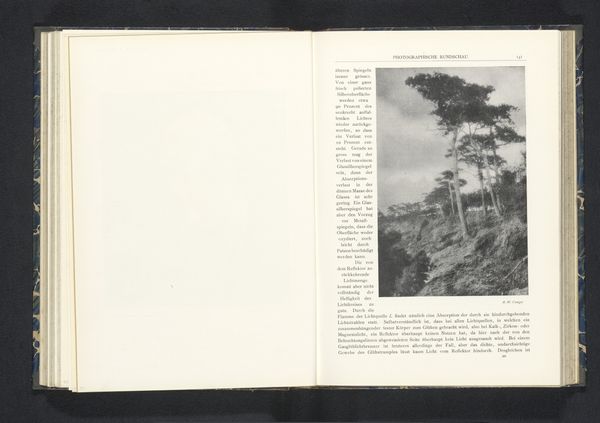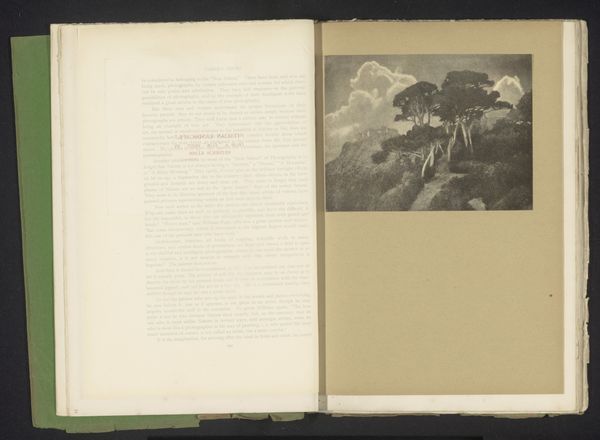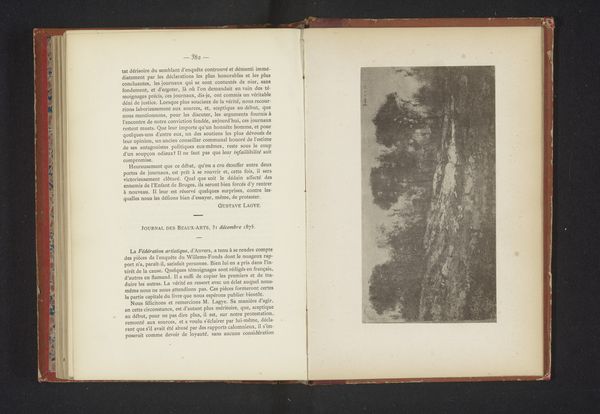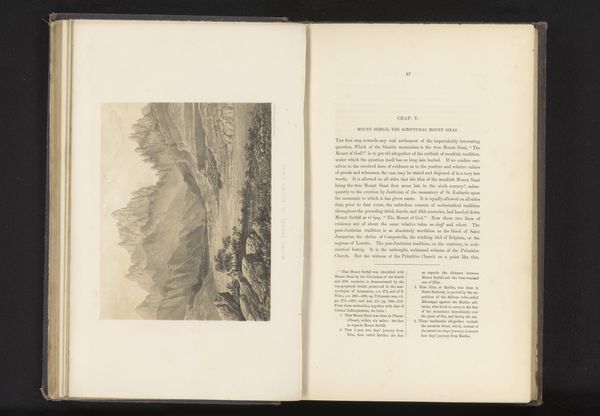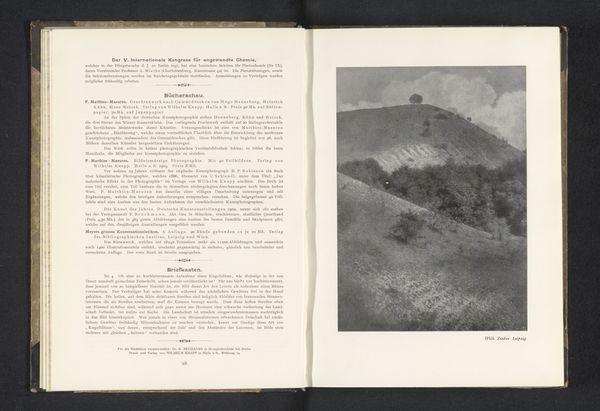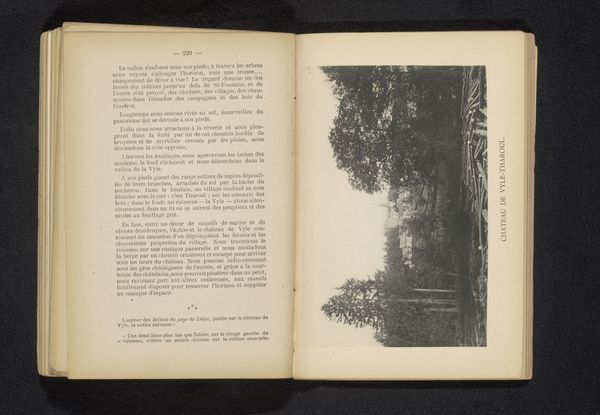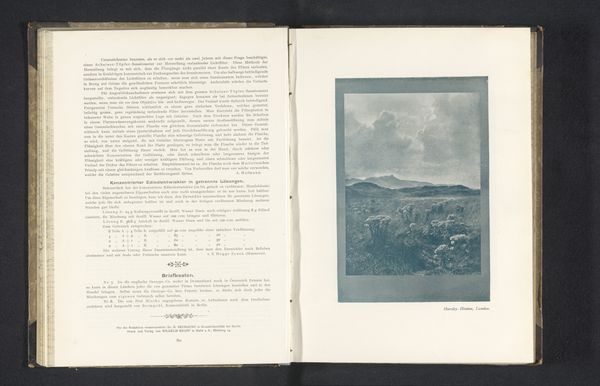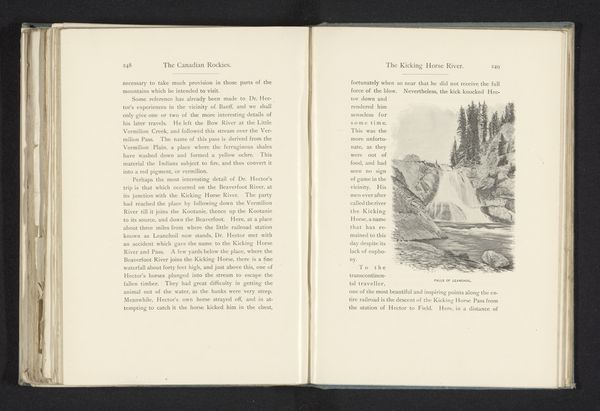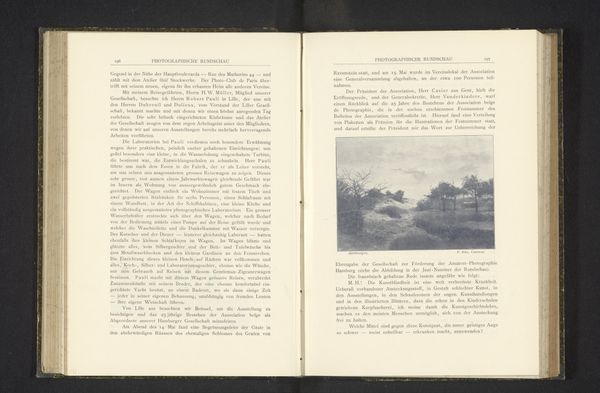
print, photography, gelatin-silver-print
#
pictorialism
# print
#
landscape
#
photography
#
gelatin-silver-print
Dimensions: height 185 mm, width 150 mm
Copyright: Rijks Museum: Open Domain
Editor: So, here we have "Landschap," a gelatin silver print, by Hans Watzek, created before 1903. There's a real misty, dreamlike quality to the image. It reminds me a bit of early photography experimenting with pictorialism. What strikes you about this piece? Curator: Well, thinking about the materiality and production, that “dreamlike quality” isn’t just aesthetic. It arises from a very deliberate, crafted process. Pictorialist photography, like this example, rejects the idea of the camera as simply a tool for capturing reality. Instead, look at the way Watzek has manipulated the gelatin silver process itself. How much time do you think the printing itself may have required compared to the time spent finding and setting up the shot? Editor: A lot more time on the printing itself, probably. So it’s almost elevating photography to the level of fine art through that labor and manipulation of the materials? Curator: Precisely! Think about the cultural context. The late 19th century saw rapid industrialization and mass production. Photography, initially viewed as a purely technical process, was vying for recognition as an art form. The hands-on approach, the emphasis on darkroom manipulation and unique printing techniques – these were all ways of resisting the industrialization and commodification of image-making. He would have been using different materials from some of the other artwork on display, correct? Editor: Right! This process makes it really distinct from painting of the era and I see now that this could reflect anxieties and responses to the shifting status of photography within the art world. Curator: Exactly. And think about the social implications. Who had the resources and leisure time to engage in these time-consuming, experimental printing processes? What class of people had the time for this 'leisure'? It encourages us to examine the means of production of art in all its social contexts, doesn't it? Editor: It does. It makes me appreciate not just the image, but the sheer effort and the historical context surrounding its creation. I will start viewing materials more analytically from now on.
Comments
No comments
Be the first to comment and join the conversation on the ultimate creative platform.
